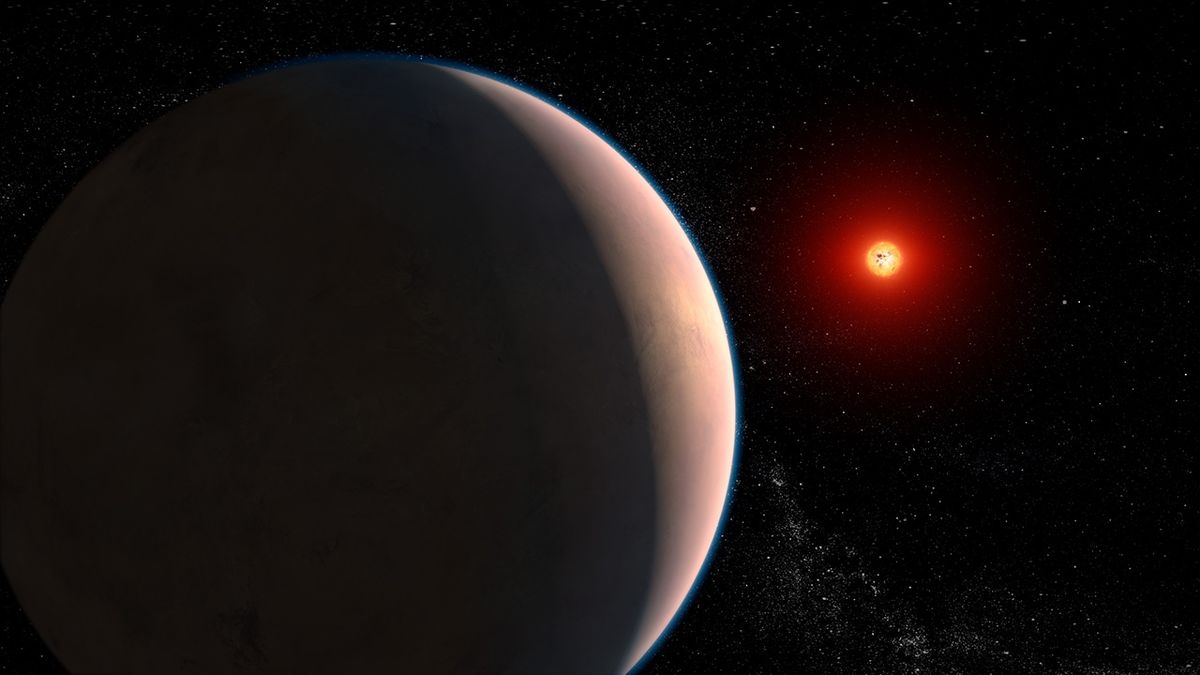Unraveling the JWST’s Hunt for Signs of Extraterrestrial Life
Recent reports hinting at the detection of life signs on a distant exoplanet by the James Webb Space Telescope (JWST) might have sparked excitement, but research from the University of California Riverside (UCR) suggests these claims are premature.
Setting the Stage: K2-18 b, a Promising Prospect
In 2023, the JWST identified potential “biosignature” elements in the atmosphere of K2-18 b, a super-Earth located about 120 light-years away. This exoplanet stands out due to its resemblance to Earth, residing in the habitable zone of its star, where conditions could support liquid water.
The Discovery: Traces of Life?
The presence of carbon dioxide and methane, along with the tantalizing hint of dimethyl sulfide (DMS), sparked excitement. DMS, typically produced by ocean phytoplankton on Earth, raised the possibility of life on K2-18 b.
A Reality Check: The UCR Research
However, a closer look by UCR scientists suggests caution. The detection of DMS was inconclusive, prompting the team to reevaluate the data. Their analysis, considering the complexities of K2-18 b’s atmosphere and the limitations of JWST’s instruments, casts doubt on the initial findings.
Looking Ahead: Future Observations
While the quest for extraterrestrial life continues, future observations with JWST’s other instruments may provide clarity. As researchers gather more data about K2-18 b’s environmental conditions, they remain hopeful but cautious about identifying potential signs of life.
The Big Picture: Exploring the Cosmos
Despite the slight disappointment, this episode underscores the importance of advancing our understanding of exoplanets and their potential for hosting life. Like shining a light into the darkness of the cosmos, the search for signs of life continues, driven by curiosity and the quest for knowledge.















































